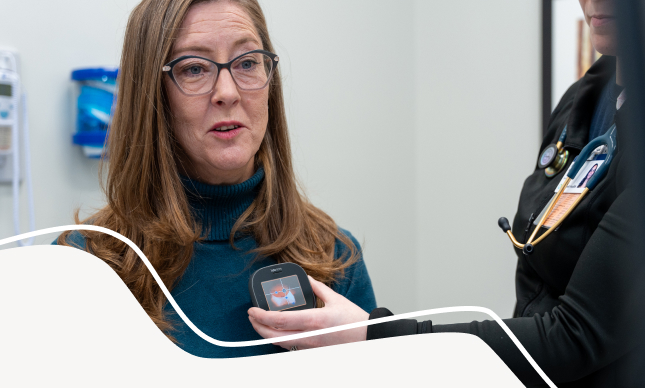Why insurers should continue covering telehealth post-pandemic
Sustaining the momentum that telehealth has due to Covid starts with a commitment to building positive incentive structures that will redound to the benefit of patients, providers, and payers alike.
Before the Covid-19 pandemic arrived, the burgeoning telehealth market was on a sluggish trajectory, with low adoption rates despite advancing technology.
Experts predicted that this would change gradually over the next three to five years. More digital natives would become parents and spurn the analog experience of making trips back and forth to their children’s pediatricians’ offices, preferring to save time and reduce stress with virtual visits. Meanwhile, the on-demand, consumer-centric revolution that has disrupted a broad swath of industries would extend to healthcare, driving demand for telehealth higher.
But if a compelling set of positive incentives was supposed to convince key players in the healthcare ecosystem to embrace telehealth, reality had other plans. As the novel coronavirus outbreak spread last year, the pandemic fostered a set of negative incentives that sent usage of telehealth soaring by up to 175 times pre-pandemic levels.
Fearful of contracting the virus and facing lockdown restrictions, patients opted for digital alternatives over in-person medical appointments. Providers, meanwhile, turned to telehealth to stanch the bleeding amid plunging revenue. Insurers – both government and private payers – scrambled to support their members by providing reimbursement for digital care delivery.
As insurers plan for a post-pandemic world, now is the time to make this shift permanent. Here’s why telehealth is indispensable to the future of healthcare – and how payers can make the transition to a virtual-first model of care.
The Why
It took a global pandemic to drive widespread adoption, but the verdict has long been in, and now it’s clearer than ever: Telehealth works.
A nationwide survey of 1,594 physicians tells the story. Three in four clinicians reported that telehealth services enabled them to provide their patients with quality care, with 60% saying that telehealth has improved their patients’ outcomes and 80% indicating that it has facilitated timely access to care. Meanwhile, 61% agreed that telehealth helped improve care delivery costs. It’s little surprise, then, that more than two-thirds of physicians plan to increase their usage of telehealth tools moving forward.
Pre-pandemic research also shows that telehealth is especially effective at driving down costs and achieving quality outcomes for patients – a true win-win.
Telehealth’s promise extends from pediatric visits to geriatric care. As senior citizens’ share of the population climbs over the coming decades, millions more people will be living with chronic conditions – and telehealth services like remote patient monitoring (RPM) will be essential to keeping up with increased healthcare demand.
Beyond providing an effective alternative to in-person care across a wide range of use cases – including urgent and primary care, chronic and complex care, and behavioral health – increased telehealth will also mean improved access to care for patients in areas facing provider shortages across different specialties.
Click here to read the full article.


